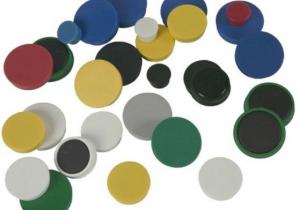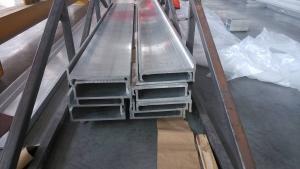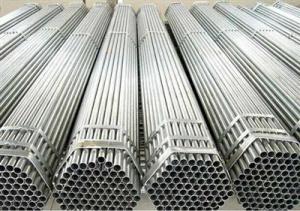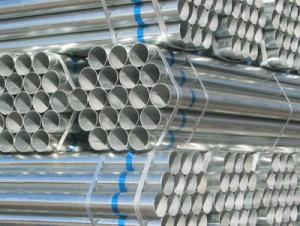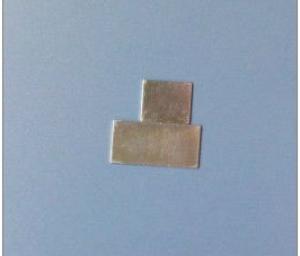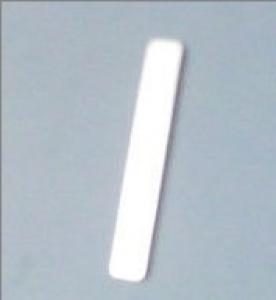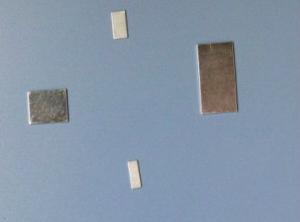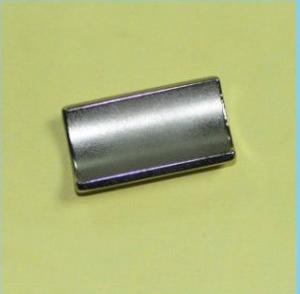Magnetic Push Pin,Round Magnet Holder,Magnetic Button
- Loading Port:
- China Main Port
- Payment Terms:
- TT or LC
- Min Order Qty:
- 4000 Pieces or more pc
- Supply Capability:
- 200 Tonnes per Month normal production pc/month
OKorder Service Pledge
OKorder Financial Service
You Might Also Like
Specifications
1.magnetic push pin,memo holder;2.20mm,30mm,40mm;
3.round magnetic memo holder
4.10pcs into one blsiter bag;
magnetic push pin
colorful magnetic paper holder
magnetic buttons
1.size:round,oblong,star,hear,special forms accepted
2.diameter:20mm,30mm,40mm
3.materials:plastic/transparent plastic + ceramic/ferrite magnet
4.logo: printing can be done on the magnet holder or on the blister package,which is optional
5.MOQ:400 blister bags for one design
6.ideal for office and school holder stationery
7.can be used as gifts for the children in the kindgarten for these itmes are no harm parts
8.package:10pcs into one blister plastic bag,100bags into one middle carton,5.6kg for the middle carton
4 middle cartons into one outer carton,about 23kg for one outer carton.
- Q: help plz
- There is something wrong with your monitor,ask a professional to fix it.
- Q: Already I know you could not do all the stuff Magneto does. Not all metals are ferromagnetic. But what could you do and what could you not do?I want real science here.You can strengthen the fields or weaken them. Make them big or small.
- Strength of magnetic field simply depends on a parameter called magnetic permeability. Which is very high for magnetic materials and low for air, plastic etc. There is no other difference. You can get the same effect in such media as you get from magnetic core, but only difference is that you need very high magnetizing force. In other words, it is only a matter of degree, not that of kind.
- Q: just started magnetism today and i can‘t get my head around magnetic flux density can anyone give me help?
- Magnetic flux density: B refers to the concentration of magnetic filed lines per unit area of material. Quantitatively, B is the magnetic field intensity H divided by the permeability μ of the material. So if the material is very permeable to the external magnetic field then the material will be dense with magnetic field lines(i.e., magnetic flux).
- Q: are there magnetic bones in the human nose?
- Yep - I'm always getting chunks of iron flying up and sticking to my nose
- Q: Why strong magnet in iron, over a period of time after the block has a certain magnetism?
- Generally, the magnetic distances of each domain are different, and the magnetic fields cancel each other, so the whole material is not magnetic.
- Q: why does an iron core increase the magnetic induction of a coil of wire?
- this is because it intensifies the magnetic field since by putting it close to a magnet, it itself becomes a magnet thus making the change in magnetic flux greater thus an increase in the magnetic induction of a coil of wire
- Q: Can a container with its interior covered with magnetic material be used to cancel out weight?
- Maybe, but not generally.
- Q: do you know how to build a magnetic shield (or case) to protect the tape stripe cards using by ATM machines? I need it to be like a case which fits in a pocket and also can be made at home.thankyou.
- That's not so easy as you might think,. Magnetic fields are very hard to block, and go through most materials like their not even there. What electronics uses for shielding is iron bases metal- that is - Steel the concentrate the magnetic field within itself, protecting what ever is on the other side. General solution? common sheet metal bent to a card holder and line with some cloth.
- Q: For example: Magnets produce magnetic fields that attracts metalsDo you know any material that has unique properties?
- Actually the fascinating thing about the matter on Earth according to dual nature is that all matter is in the wave form, but the matter wavelength(wavelength of the matter in motion)is too small to be perceived by the naked human eyes.all point particles when in electric field of other charged particle experiences attraction or repulsion
1. Manufacturer Overview
| Location | Guangdong,China (Mainland) |
| Year Established | 2009 |
| Annual Output Value | |
| Main Markets | 11.11% North America 11.11% South America 11.11% Eastern Europe 11.11% Southeast Asia 11.11% Oceania 11.11% Mid East 11.11% Eastern Asia 11.11% Western Europe |
| Company Certifications | license 1 |
2. Manufacturer Certificates
| a) Certification Name | |
| Range | |
| Reference | |
| Validity Period |
3. Manufacturer Capability
| a) Trade Capacity | |
| Nearest Port | |
| Export Percentage | 91% - 100% |
| No.of Employees in Trade Department | |
| Language Spoken: | English, Chinese, Japanese |
| b) Factory Information | |
| Factory Size: | 5,000-10,000 square meters |
| No. of Production Lines | 6 |
| Contract Manufacturing | OEM Service Offered |
| Product Price Range | |
Send your message to us
Magnetic Push Pin,Round Magnet Holder,Magnetic Button
- Loading Port:
- China Main Port
- Payment Terms:
- TT or LC
- Min Order Qty:
- 4000 Pieces or more pc
- Supply Capability:
- 200 Tonnes per Month normal production pc/month
OKorder Service Pledge
OKorder Financial Service
Similar products
Hot products
Hot Searches
Related keywords
